This 5-day Galapagos cruise through the southern and central islands offers an enriching experience of the archipelago’s unique landscapes and wildlife. Explore the diverse ecosystems of islands like Española and Floreana, encounter sea lions, marine iguanas, and giant tortoises, and enjoy activities such as snorkeling, hiking, and birdwatching in these remote, biodiverse environments.
- Best flamingo lagoon, unique beaches, and diverse shorebirds.
- Enjoy snorkeling with sea turtles, sea lions, and vibrant underwater wildlife.
- Spot blue-footed boobies, albatrosses, and Nazca boobies, witness the magnificent blowhole.
- Airport assistance (Quito or Guayaquil, if flights are booked through LT)
- Transfers in Galapagos
- Accommodation on board in double cabin
- All meals during the cruise
- Naturalist Bilingual Guide level III
- All visits and excursions according to the itinerary
- Snorkel Gear(mask, tube and fins)
- Kayaks
- Unlimited purified water, coffee and tea
- Round trip flight to/from Galapagos
- Galapagos National Park Entrance fee USD 200 p/p
Galapagos Ingala card USD 20 p/p
- Tips
- Local Taxes
- Travel Insurance
- Meals and services not mentioned above
- Alcoholic drinks and soft drinks
- Extras and personal expenses
Itinerary
Day 1 (Monday) : Gianni Arismendy Environmental Interpretation Centre
AM: Flight to Galapagos
You will fly to the Galapagos Islands today. The Galapagos Government requires a fee of $20 USD for the migration control card.
Upon arrival in San Cristobal, you will pass through an inspection point at the airport to ensure you do not introduce foreign plants or animals to the archipelago. Here, you will also pay the entrance fee to the Galapagos National Park, which, as of September 2024, is $200 for foreign passengers and $100 for children under 12.
Your guide will meet you at the airport, assist with your luggage, and escort you to a motorized boat called a panga, which will take you to the Catamaran Seaman Journey.
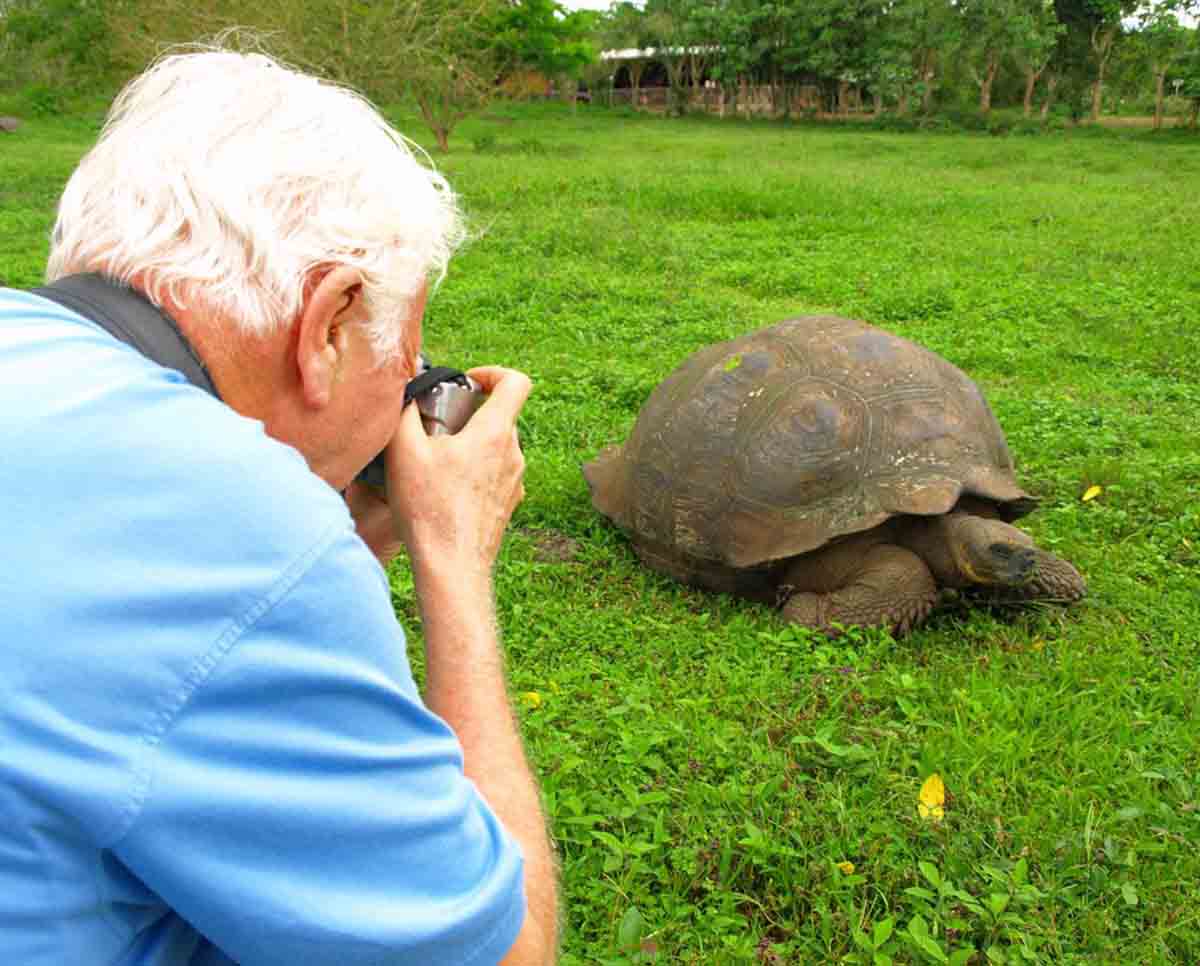
© Latin trails
PM: Gianni Arismendy Environmental Interpretation Centre
The Gianni Arismendy Environmental Interpretation Centre features lush gardens and stunning ocean views. Here, you will learn about the geological and human history of the islands, conservation facts, and natural history. This center serves as the oldest natural history museum in the Galapagos, striving to preserve the archipelago’s unique ecosystem.
Day 2 (Tuesday) : San Cristobal Island: Punta Pitt & Lobos Island
AM: San Cristobal Island, Punta Pitt
Punta Pitt, located at the eastern end of San Cristobal Island, features a 90-meter beach and several natural viewpoints overlooking an eroded hill of volcanic tuff.
A 1,400-meter trail leads from Oliviana Beach to the hilltop, showcasing vibrant colors from various types of lava. Strong winds have created stunning landscapes reminiscent of a science fiction movie.
Oliviana Beach’s sand, adorned with bright crystals from lava erosion and shells, provides a sunbathing spot for sea lions. Here, you can observe frigate birds, pelicans, herons, and seagulls. Punta Pitt is one of the few places where you can see all three species of boobies—blue-footed, red-footed, and masked—along with two species of frigate birds.
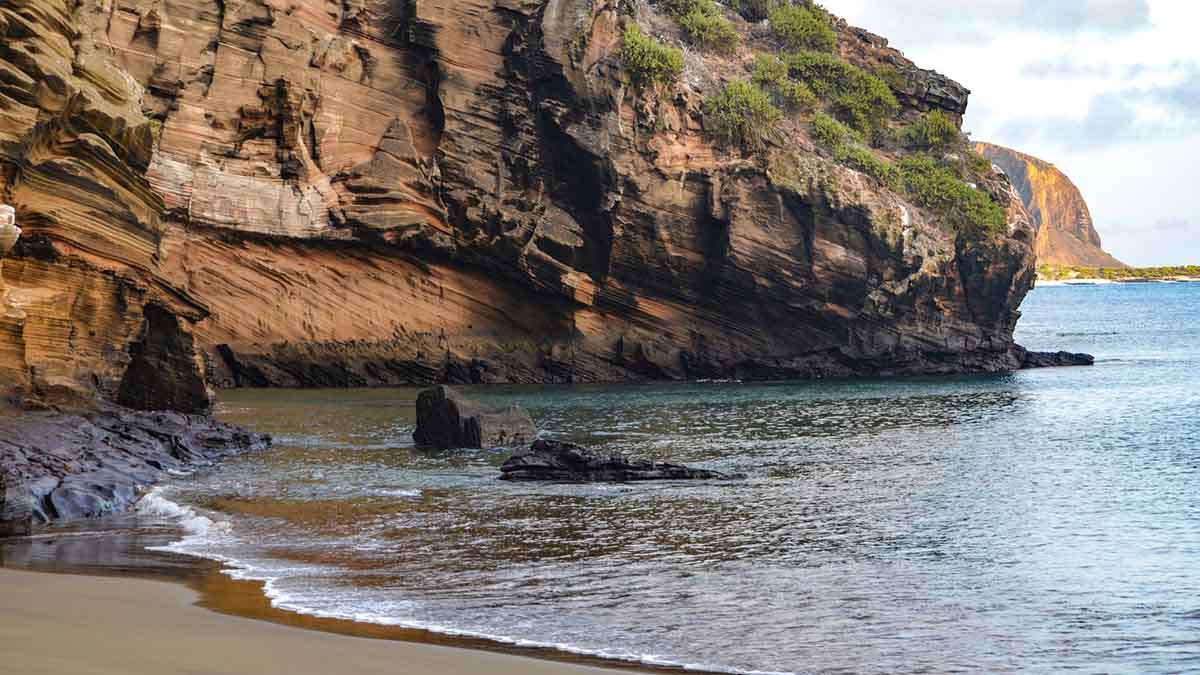
Photo: marktucan
PM: Lobos Island, San Cristobal Island
Isla Lobos is a small, flat islet known for its sea lion population, which frolics on the white sand beach. Located about 20 minutes by boat from Puerto Baquerizo Moreno, the island offers excellent snorkeling opportunities.
Two strands of beach provide access for tourists to explore the underwater world alongside sea lions. An 850-meter trail connects the brush and features saltwater-tolerant coastal vegetation. It is an important nesting site for blue-footed boobies and frigate birds. One of the easiest islands to walk on as it is flat and everything is very close.
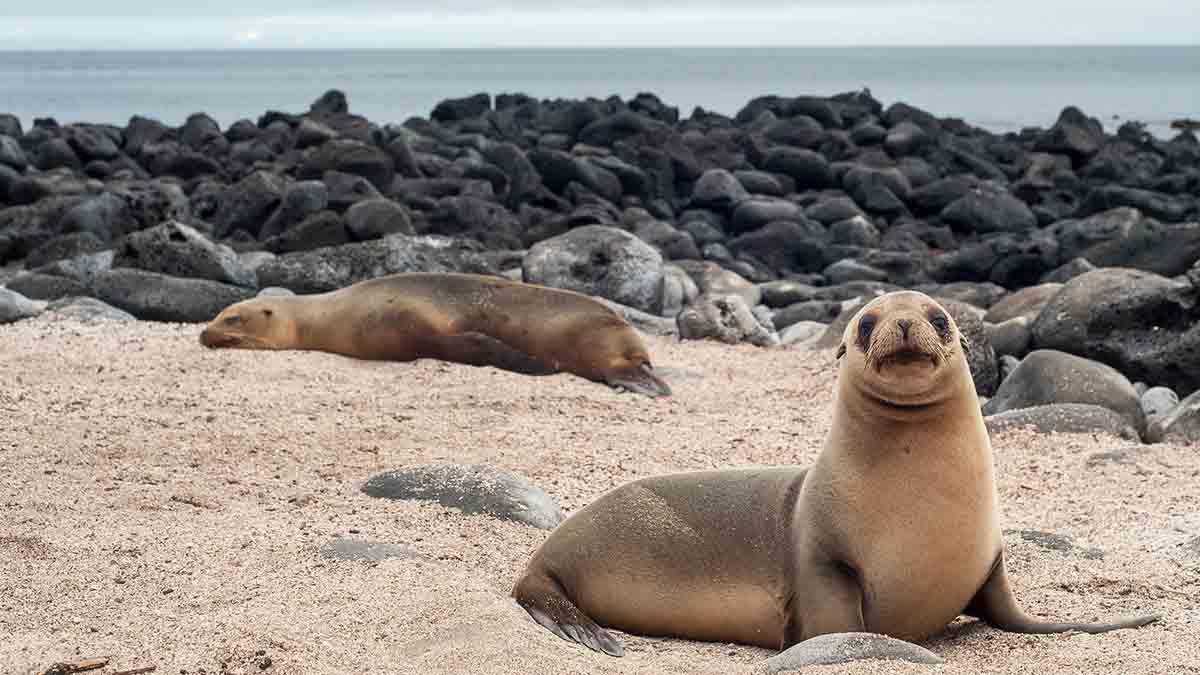
© Latin Trails
Breakfast / Lunch / Dinner
Day 3 (Wednesday) : Española Island: Osborn Islet, Gardner Bay & Suarez Point
AM: Española Island, Gardner Bay
Gardner Bay, located on the northeastern coast of Hood Island, features a beautiful beach for relaxing, swimming, and kayaking. You can spot sea lions, swim with sea turtles and even glimpse small white-tip reef sharks in the clear waters.
In this area, you can observe three species of Darwin finches:
- A subspecies of large-billed cactus finch (Geospiza fuliginosa)
- Small-beaked ground finch (Geospiza fuliginosa)
- Singing finch (Certhidea olivacea)
Both resident and migratory birds populate this region.
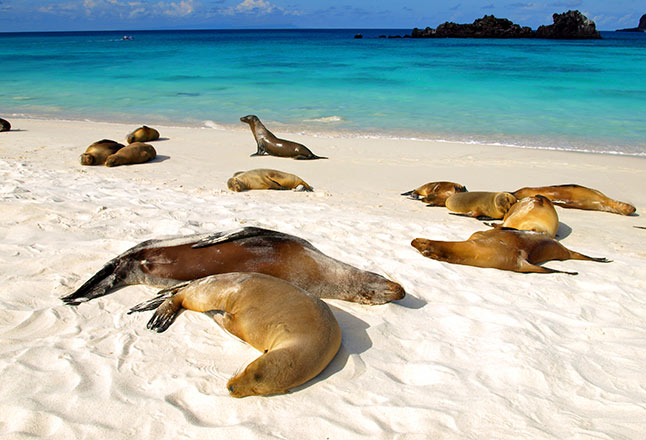
PM: Suarez Point
Suarez Point is ideal for spotting blue-footed boobies, albatrosses, and Nazca boobies. Set along the oceanfront, this beautiful site features large waved albatrosses launching from cliffs. A famous blowhole here shoots water 50 to 75 meters into the air, offering fantastic photography opportunities.
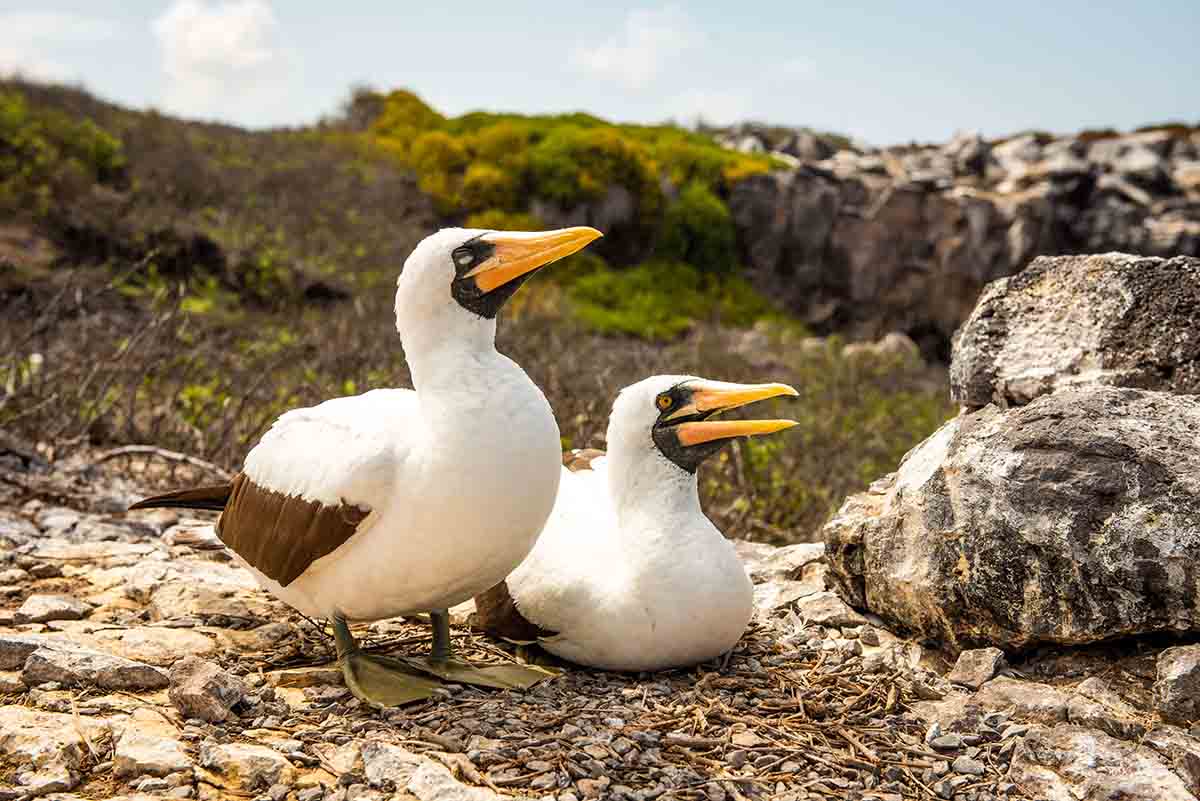
© Latin Trails
Breakfast / Lunch / Dinner
Day 4 (Thursday) : Floreana Island: Cormorant Point, Champion Islet, Post Office Bay & Baroness Lookout
AM: Cormorant Point, Champion Islet
Cormorant Point likely boasts the best flamingo lagoon in the Galapagos, nestled between two tuff lava cones. You can observe various shorebirds, including common stilts and white-cheeked pintail ducks, alongside the flamingos. The area features two distinct beaches: “Green Beach,” with its olivine crystal sand, and “Flour Sand Beach,” made of coral.
After your exploration, the group will visit Champion Islet, a prime spot for snorkeling with sea turtles, sea lions, and vibrant fish among the nearby coral reefs.
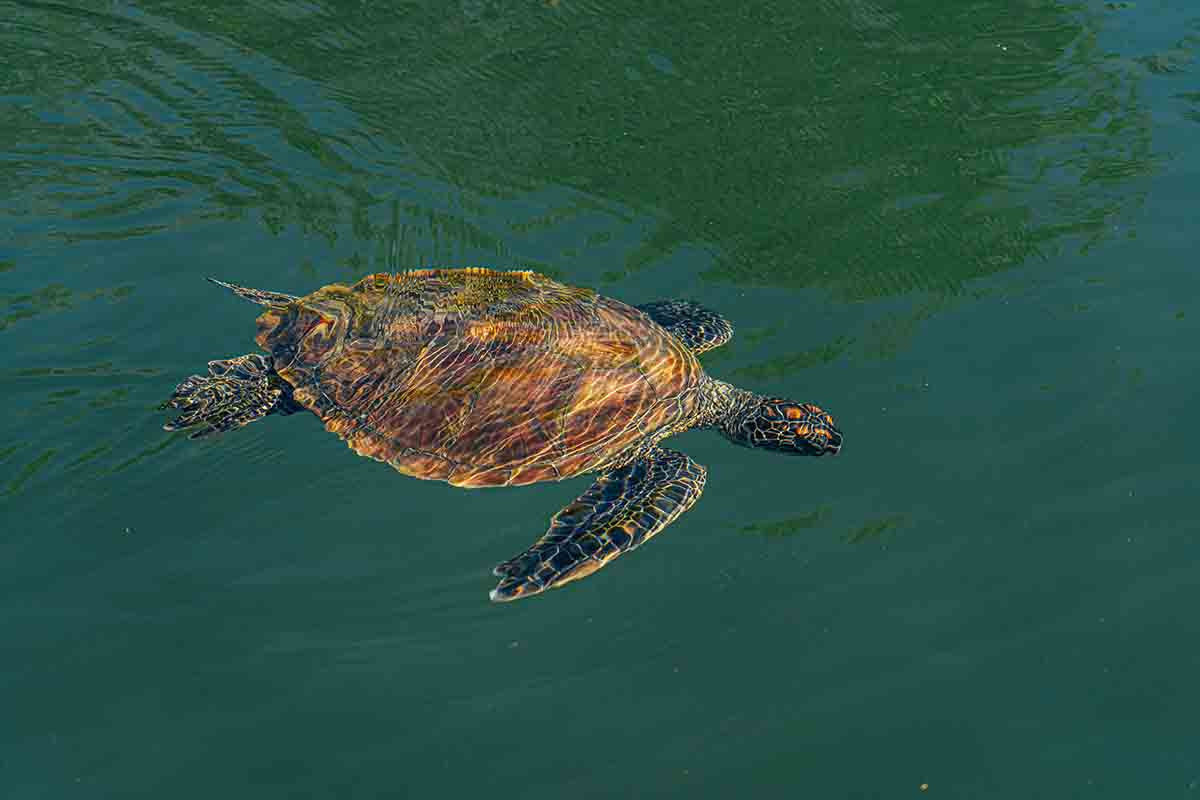
© Latin Trails
PM: Post Office Bay
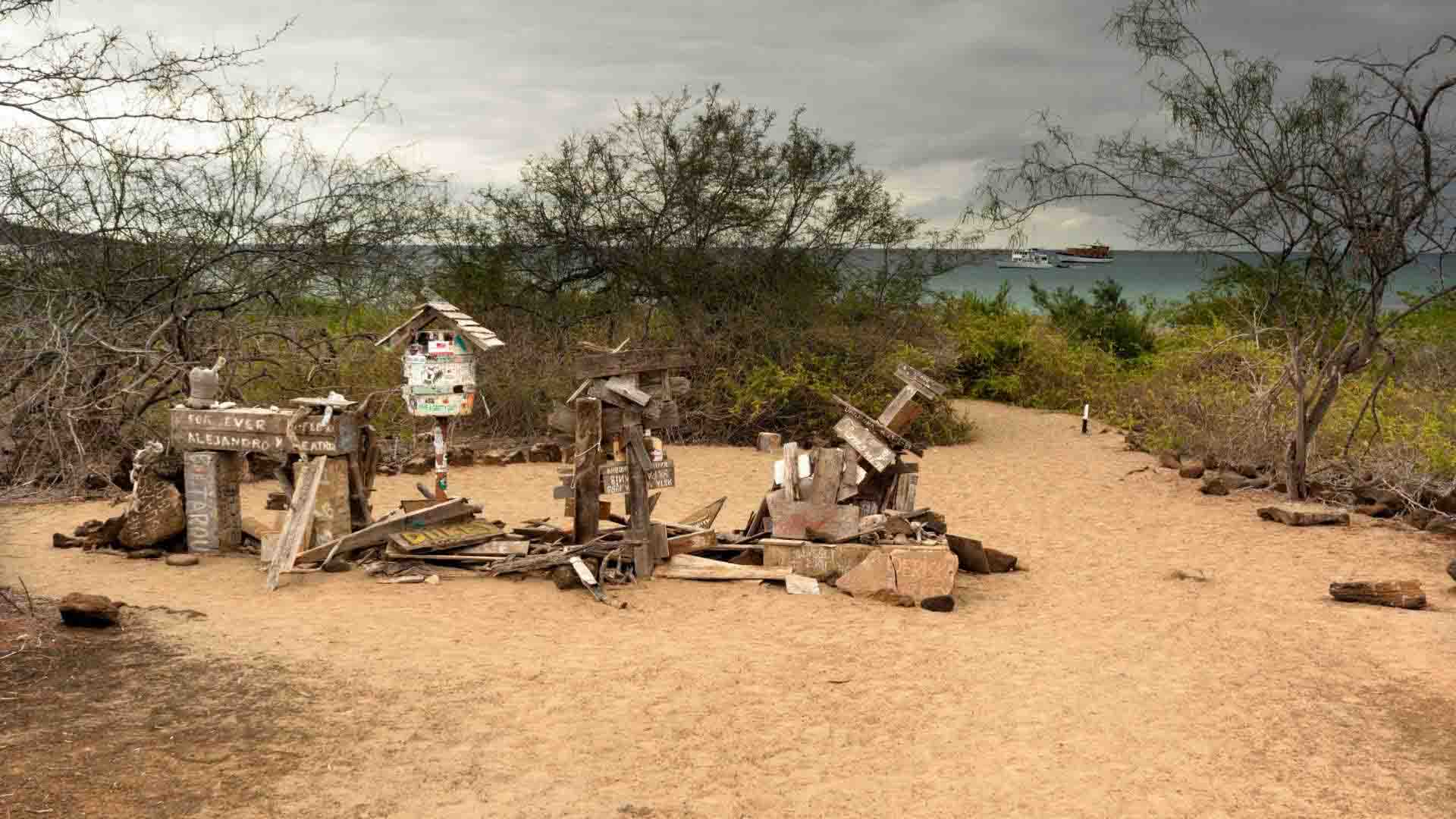
Photo: stockcam
Post Office Bay houses a wooden barrel placed by a whaling ship in the 18th century, serving as a makeshift post office for mariners and tourists. Visitors can hand-deliver letters or postcards. This site also marks the landing area for some of the first colonists. Spend the afternoon relaxing on the beach and enjoying the beauty of the Galapagos.
Breakfast / Lunch / Dinner
Day 5 (Friday) : Fausto Llerena Breeding Centre
AM: Fausto Llerena Breeding Centre
The Fausto Llerena Breeding Centre, located in the Galapagos National Park on Charles Darwin Avenue, is a 40-minute walk from Gus Angermeyer Tourist Pier.
Start your visit at the Galapagos National Park Service information booth. Follow the trail to the Van Straelen Interpretation Centre, then to the breeding center. An elevated wooden path allows you to view several species of Santa Cruz tortoises and the tortoises of Española Island, culminating at the baby-tortoise breeding corral.
After your visit, you will transfer to Baltra airport for your flight back to the mainland.
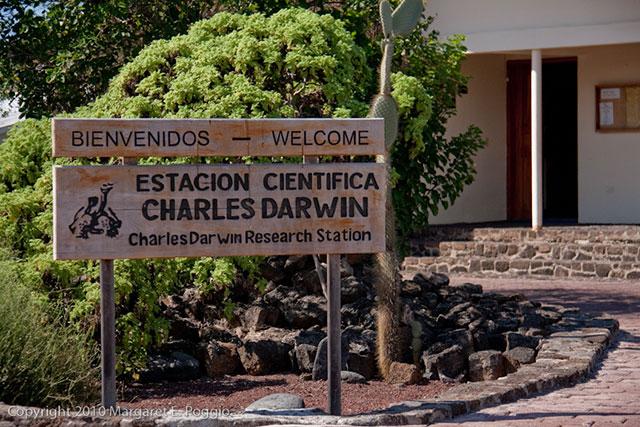
© Latin Trails







